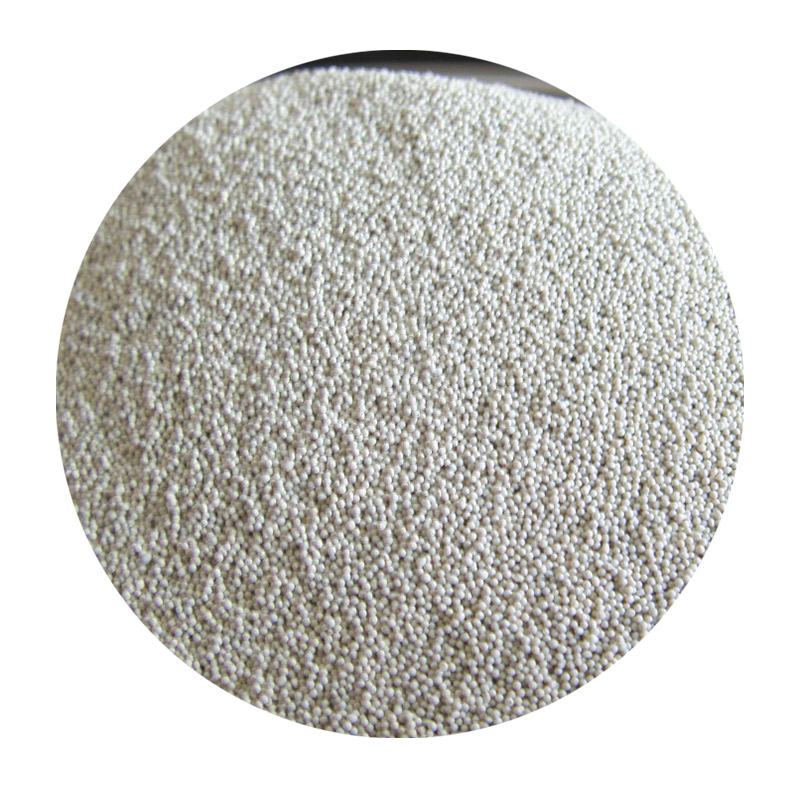 Additionally, ensuring proper bed adhesion through the use of adhesives like glue or a heated bed can prevent warping, leading to cleaner edges Additionally, ensuring proper bed adhesion through the use of adhesives like glue or a heated bed can prevent warping, leading to cleaner edges
Additionally, ensuring proper bed adhesion through the use of adhesives like glue or a heated bed can prevent warping, leading to cleaner edges Additionally, ensuring proper bed adhesion through the use of adhesives like glue or a heated bed can prevent warping, leading to cleaner edges smooth 3d prints without sanding.
The print orientation is often overlooked but can significantly impact the finish. Printing parts with the smoothest side facing down can reduce visible layer lines. Utilizing supports strategically can help fill gaps and create a smoother transition between overhangs.
Post-processing techniques beyond sanding include vapor smoothing. Using solvents like Isopropyl Alcohol or Acetone can vapor smooth the surface of certain filaments, melting the layers together and creating a seamless finish. Another method is chemical polishing, where a chemical solution eats away at the rough edges, leaving a smooth surface.
Lastly, incorporating a 3D printer with advanced features such as multi-extrusion or dual extrusion can enable the use of support materials that dissolve or easily remove, leaving a clean and smooth finish.
In conclusion, smooth 3D prints without sanding are not only achievable but also practical. By selecting the right filament, optimizing print settings, considering print orientation, employing advanced post-processing techniques, and investing in modern 3D printing technology, you can elevate your prints to a level of sophistication that eliminates the need for labor-intensive sanding. Remember, the key lies in the combination of these elements, tailored to your specific printer, material, and design requirements. Embrace these strategies to enhance your 3D printing journey and unlock the full potential of your creations.
Post time:Jun . 30, 2024 10:40
smooth 3d prints without sanding.
The print orientation is often overlooked but can significantly impact the finish. Printing parts with the smoothest side facing down can reduce visible layer lines. Utilizing supports strategically can help fill gaps and create a smoother transition between overhangs.
Post-processing techniques beyond sanding include vapor smoothing. Using solvents like Isopropyl Alcohol or Acetone can vapor smooth the surface of certain filaments, melting the layers together and creating a seamless finish. Another method is chemical polishing, where a chemical solution eats away at the rough edges, leaving a smooth surface.
Lastly, incorporating a 3D printer with advanced features such as multi-extrusion or dual extrusion can enable the use of support materials that dissolve or easily remove, leaving a clean and smooth finish.
In conclusion, smooth 3D prints without sanding are not only achievable but also practical. By selecting the right filament, optimizing print settings, considering print orientation, employing advanced post-processing techniques, and investing in modern 3D printing technology, you can elevate your prints to a level of sophistication that eliminates the need for labor-intensive sanding. Remember, the key lies in the combination of these elements, tailored to your specific printer, material, and design requirements. Embrace these strategies to enhance your 3D printing journey and unlock the full potential of your creations.
Post time:Jun . 30, 2024 10:40
Next:Evaluating the Economics of Sand Casting Process A Cost Analysis
